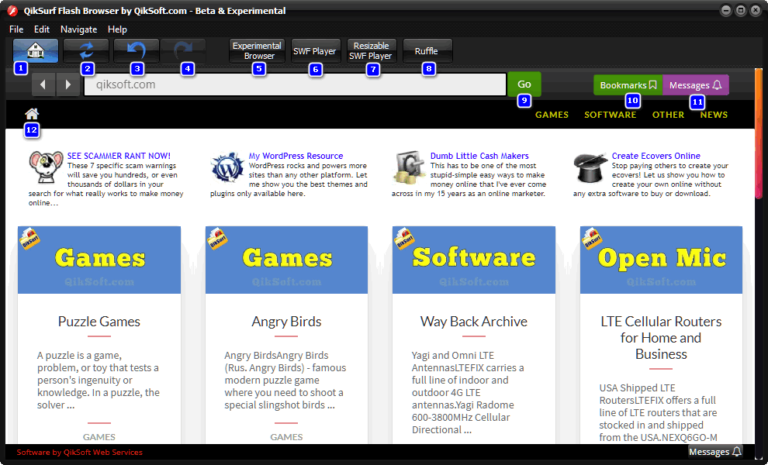

I also looked up a round icon for it and placed it in /usr/local/share/pixmaps/flashplayer.png to tell it apart from flash-player-properties in the menus n’stuff. Then, you want to declare it as an application I did it by creating a file /usr/local/share/applications/sktop: Ĭategories=AudioVideo Audio Video Player TV So, the first thing is obviously to put the binary somewhere in system folders ( /usr/local/bin/ is the one designated for that purpose). I use XFCE, but I imagine most of it would be similar for any other DE. If you’re talking about system-wide install (running SWF files from file manager or using exo-open/ mimeopen), you need to set it up in your system. If you’re talking about Lutris, then the “executable” field is supposed to be where the executable file goes – in this case Flash player, and the “arguments” is where the filename goes (CLI usage for Adobe Flash player is flashplayer ). I even tried pre-loading the game directory, and adding the game directory to the bottom row. Once flash player is opened, I can manually browse to and open the file no problem. And flash does load, with the swf file in the address bar. So instead, I tried setting up my paths like yours. If its not an executable, it throws an error saying as much. But how does the arguments portion work? Do I need to specify the swf file manually? Or can I just tell my system to always open swf files with flash player?Įdit: Ok, so it turns out you cannot just tell your system to open SWF files, then try to run it in lutris. Your just opening the flash player itself. I still need to test it, but its looking good so far.Īnd I see what your doing, I think. Loaded the swf file, and it went right to the main menu. I was trying to run everything through the html file. Flash games normally aren’t my thing, so I didn’t bother with that file.
Get help for the legacy version of Microsoft Edge.Got it. Note: This topic is for the new Microsoft Edge. The next time you visit a site the uses Flash, the browser will ask for your permission before allowing Flash to run.

The Block and Allow lists will be available after you visit a site that uses Flash. Set the toggle on for the Ask before running Flash option. In the left navigation, select Site permissions. Here’s how to allow or block Flash permanently for individual websites: Other browsers like Google Chrome, Mozilla, and Safari are also planning on removing Adobe Flash in the same timeframe.įor more information about the end of Flash support, see Adobe Flash end of support on December 31, 2020. Microsoft plans to remove Flash from Windows entirely by the end of 2020.īecause Flash will no longer be supported after 2020, it is turned off by default in the new Microsoft Edge. Note: Adobe Flash will no longer be supported after 2020.


 0 kommentar(er)
0 kommentar(er)
